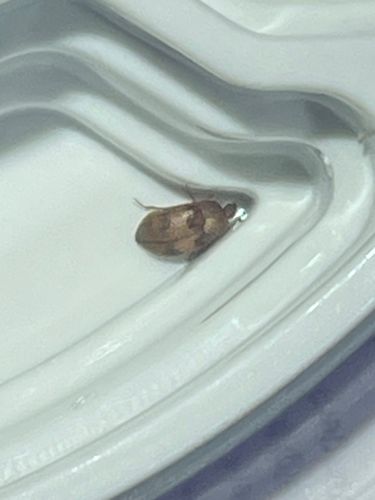Indianmeal Moth
Scientific Name: Plodia interpunctella
Order & Family: Order: Lepidoptera, Family: Pyralidae
Size: Adults: 8-10 mm (wingspan 12-20 mm). Larvae: up to 12 mm long.

Natural Habitat
Primarily found indoors in pantries, kitchens, food storage areas, and warehouses where dried food goods are present. They can infest homes, grocery stores, and food processing facilities.
Diet & Feeding
Larvae feed on a wide variety of dried food products, including grains, cereals, dried fruit, nuts, birdseed, pet food, spices, and chocolate. Adults do not feed.
Behavior Patterns
Adult moths are nocturnal and are attracted to light. Females lay eggs on food sources. Larvae are the damaging stage, spinning silken tunnels as they feed and leaving behind frass and webbing. They will often wander away from the food source before pupating, sometimes found climbing walls or crawling on ceilings.
Risks & Benefits
Risks: Considered a significant pantry pest. Larvae contaminate food products with their webbing, frass (excrement), and shed skins, making the food unpalatable and often unfit for consumption. They can cause economic losses for food manufacturers and consumers. Not known to bite or carry diseases beneficial to humans. Benefits: None known for humans; they are part of the broader food web as a food source for some predators and parasites in nature.
Identified on: 8/14/2025